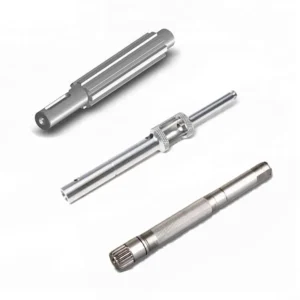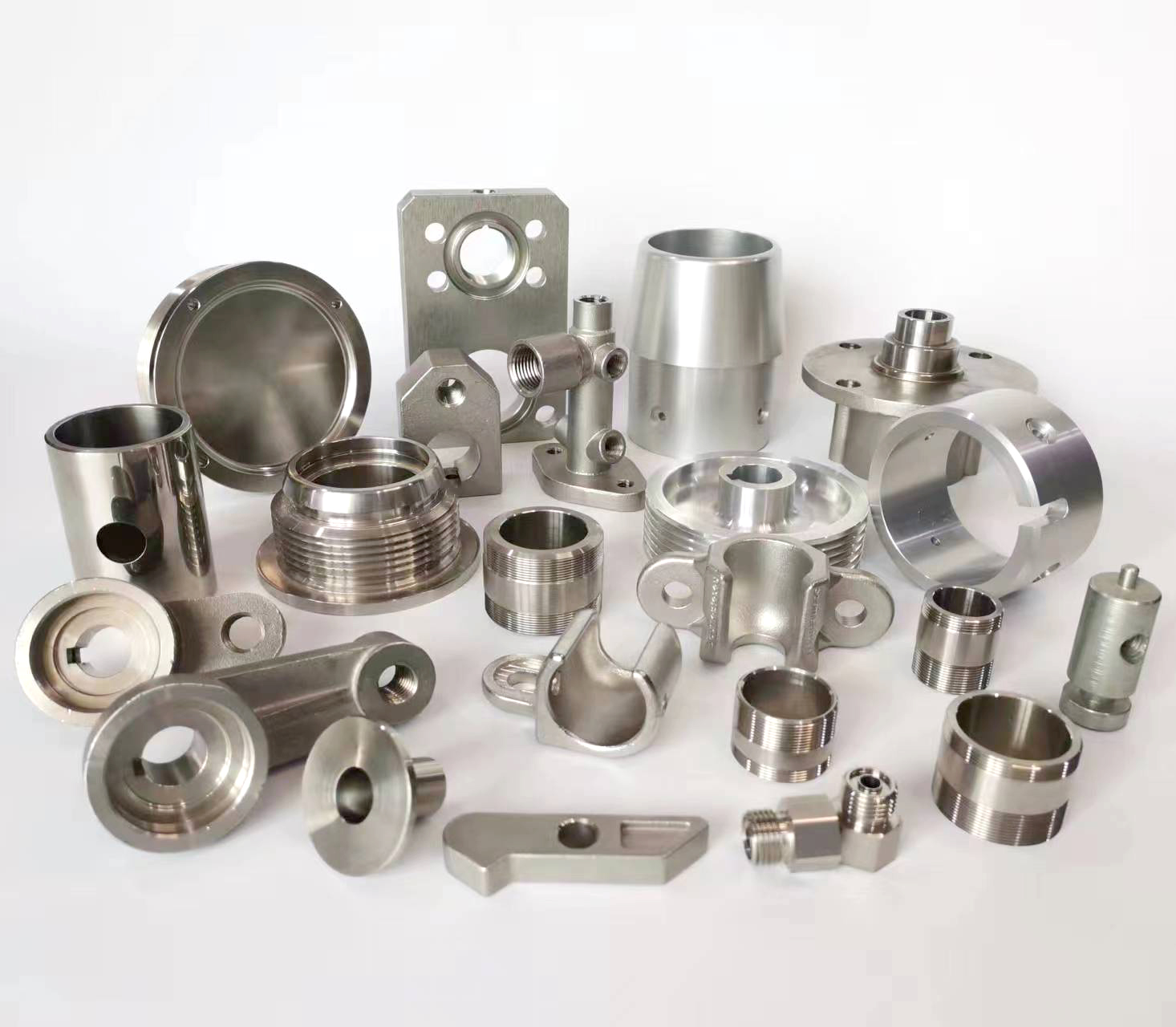
- Austenitic Stainless Steel
Common Grades: 304 (A2), 316 (A4), 321, 310
Composition: High chromium (16–26%) and nickel (6–22%), with some grades containing molybdenum (e.g., 316 has 2–3% Mo).
Properties:
Excellent corrosion resistance (especially in acidic or chloride environments for 316).
Non-magnetic in annealed state (may become slightly magnetic after cold working).
Good ductility and weldability.
Applications: Food processing equipment, kitchen appliances, chemical tanks, medical instruments, and architectural structures.
- Ferritic Stainless Steel
Common Grades: 430, 409, 444
Composition: High chromium (10.5–30%) with little to no nickel; may include additions like molybdenum (e.g., 444).
Properties:
Magnetic and less ductile than austenitic grades.
Resistant to stress corrosion cracking.
Lower cost due to reduced nickel content.
Applications: Automotive exhaust systems, decorative trim, washing machine drums, and industrial equipment requiring moderate corrosion resistance.
- Martensitic Stainless Steel
Common Grades: 410, 420, 440C
Composition: Moderate chromium (12–18%) with higher carbon content (0.1–1.2%).
Properties:
Magnetic and heat-treatable (can achieve high hardness via quenching and tempering).
Moderate corrosion resistance but inferior to austenitic or ferritic grades.
High strength and wear resistance.
Applications: Cutlery (e.g., 440C for knives), turbine blades, surgical tools, and valve components.
- Duplex Stainless Steel
Common Grades: 2205 (UNS S32205), 2507 (UNS S32750)
Composition: Mixed austenitic-ferritic microstructure with high chromium (18–28%), nickel (4–8%), and molybdenum (2–5%).
Properties:
Combines high strength and excellent corrosion resistance (especially against pitting and chloride stress corrosion).
Magnetic and lighter weight than austenitic steels.
Applications: Offshore oil/gas platforms, chemical processing plants, desalination units, and marine environments.
- Precipitation-Hardening (PH) Stainless Steel
Common Grades: 17-4 PH (630), 15-5 PH
Composition: Chromium (15–17%), nickel (3–5%), and additions like copper, niobium, or aluminum.
Properties:
Can be heat-treated to achieve extremely high strength while retaining toughness.
Good corrosion resistance comparable to austenitic steels.
Applications: Aerospace components, nuclear reactors, high-performance shafts, and precision machinery.
Key Takeaways:
Austenitic (e.g., 304/316) is the most widely used due to versatility.
Ferritic offers cost efficiency for less demanding environments.
Martensitic excels in hardness and wear resistance.
Duplex balances strength and corrosion resistance for harsh conditions.
PH grades provide ultra-high strength for specialized engineering.





